The OBDII i.e. On Board Diagnostic System regulates the vehicle’s performance with the help of monitors. There are two types of monitors continuous and non-continuous present in our vehicles. Continuous monitors operate as long as the engine runs. Whereas, non-continuous monitors need certain conditions like speed, ambient, acceleration, fuel level, and much more to carry out the testing process.

Catalyst Monitors are non-continuous monitors that assess the ability of the catalytic converter to decrease harmful emissions. The catalyst monitor incomplete operations have always been among the most prevalent automotive issues. Most drivers aren’t aware of this problem and how to fix it. In this article, we’ll discuss this problem in detail.
Table of Contents
What Does Catalyst Monitor Mean?
Catalytic monitors are the internal systems that assess the converter’s capability to reduce hazardous pollutants. When the catalysts function properly, oxygen from the engine exhaust will be employed to decompose other flue gas constituents or pollutants. Under the working circumstances of standard closed-loop fuel management, all oxygen hitting the converters will partake in operation.
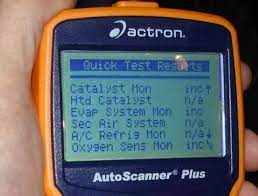
How Does Catalyst Monitor Works?
The Powertrain Control Module [PCM] assesses a converter’s efficiency by measuring the amount of oxygen exiting and entering the diesel vehicles. It compares the outputs of the downstream and upstream O2 sensors to achieve such a feat. As the exhaust leaves the catalytic converter monitor, there should be minimal unburned oxygen once the inverter operates accordingly.
During closed-loop system fuel control, oxygen succession pulses from each cylinder’s combustion will strike the ambient air temperature. Its output voltage signal oscillates in time with the oxygen pulses. At the exiting port of the catalytic monitor, the downstream O2 sensors are expected to detect zero oxygen; its signal is a steady voltage, indicating that all oxygen has been used up. And if the downstream gas detector value fluctuates from high to low similar to a front oxygen sensor. Then that means the monitor is defective.
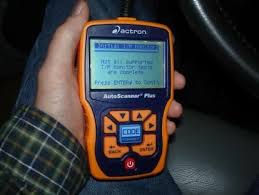
First of all, the check engine light must be off. The continuous monitoring must have been successfully finished. And last but not least, the oxygen sensor should have been activated in major situations. The PCM might initiate your monitoring system while the cycle of engine functions normally at steady speed in a highway road trip. It will flash the check engine light once the discrepancy in oxygen sensor readings suggests a decline in converter efficiency. This decrease might cause tailpipe emissions to exceed the government certification limit by 1.5 times.
What Are The Common Symptoms Of Catalysts Monitors?
Once you spot these symptoms on your precious car, inspect the drive cycles right away by yourself or take them to professional services!
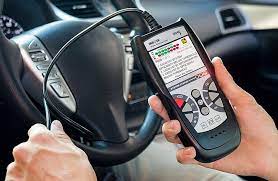
- Poor acceleration and loss of engine efficiency
- Poor exhaust system capacity and rattling sounds
- Sulfur-like odors and bad fuel economy
- Illuminated check engine light
- Broken fuel vapours
These are some common symptoms behind this issue.
Reasons Behind The Catalyst Monitor Incomplete Issue?
There are tons of possibilities such as a broken rear defroster, a malfunctioning ignition switch, or numerous exhaust leaks, etc. Here are some main culprits behind the cause of this problem.
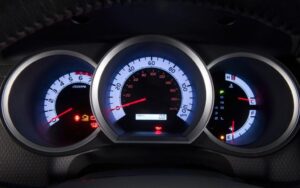
1. Disconnected Sensors Or Cells:-
Disconnected sensors and cells will remove all the PCM’s memory including any fault codes and prior OBD monitors recorded test results. It is as if you had just reset everything to zero! It might take weeks or even months of highway driving for all the monitors to activate the PCM again. Aside from that, the non-function sensors will prevent your monitors from proper operations and likely generate several error codes.
2. Removal Of Stored Codes Via A Scan Tool:-
This is another common mistake that leads to catalyst monitor incomplete issues. Stored code removals also reset all monitors to zero, forcing the sensors to reoperate and wasting tons of power supplies. Once some of the deleted fault codes may return, at least one sensor might encounter glitches during its procedure.
3. Fitting Performance Tunes Via An Automotive Spare Tuner Instrument:-
This approach will change the programming and engine control module entirely. These modifications are supposed to boost power, alter shift points, and calibrate the tachometer for changing gear ratios or tire sizes in normal cases. Nevertheless, a major downside of such strategies is their destructive infliction on certain internal monitors. They deactivate low-level O2 sensors and dissuade the catalyst monitors from operating.
4. Deceiving The System Via A Simulator Installation:-
These common tricks thrive among performance enthusiasts who aim to “pass” emissions catalyst testing with heavily modified automobiles. Catalyst monitor incomplete Toyota problems are the notorious consequence of those schemes.
How To Fix This Issue?
Though there are no one-size-fits-all solutions, the seven-step procedure detailed below might be a straightforward and time-efficient strategy to remedy your issue.
Step 1:- Ensure The Engine Warning Light is Off
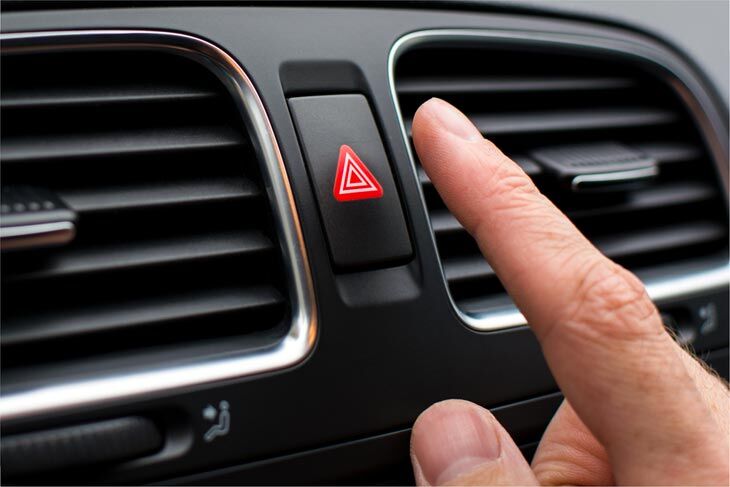
You need to ensure the engine warning light is not turned on. Because once the car consumes active fault codes, it will hold your monitor from a full-capacity operation.
Step 2:- Verify That The Coolant Temperature Remains Normal

The vehicle’s engine coolant temperature should be beneath 50°C (or 122°F) and within 6°C (about 11°F) of the ambient air temperature. The easiest tactic to achieve that is to let the car sit overnight.
Step 3:- Let The Engine Run Idle For Two Minutes
You need to start the car and let it lie idle for about two minutes or three and a half minutes with the rear defroster and air conditioning activated.
Step 4:- Operate The Car At A Constant 55 Mph

Now, turn off the trunk defroster and air conditioning. Once done, maintain an average speed of around 90 km/h (55 mph) for roughly three minutes. During this crucial timing, the purge and diagnostics for the Fuel monitor will occur naturally.
Step 5:- Reduce Your Vehicle’s Speed By 20 Miles Per Hour

You need to bring the average velocity down gradually to 32 km/h (20 mph). Avoid touching or moving the brake and clutch.
Step 6:- Continue To Accelerate

Drive your car back to 55 MPH (90 km/h) for approximately five minutes at 3/4 power. In the meantime, let the system perform some basic catalyst monitor examinations. If the batteries are disconnected or the catalysts are not ready, you might need five full driving cycles to get the automobile ready.
Step 7:- Stop The Automobile

Just, bring your car to a stop and let it lay low for two minutes and you’re done!
Therefore if you’ve carried out all the steps and still you’re facing catalyst monitor incomplete issue then its better to visit the mechanic as soon as possible.
Conclusion:-
We hope the above-mentioned information about the catalyst monitor incomplete will be helpful to all the readers. If anybody’s doubts persist feel free to comment in the comment section below. We’ll try to solve your doubts as soon as possible.



